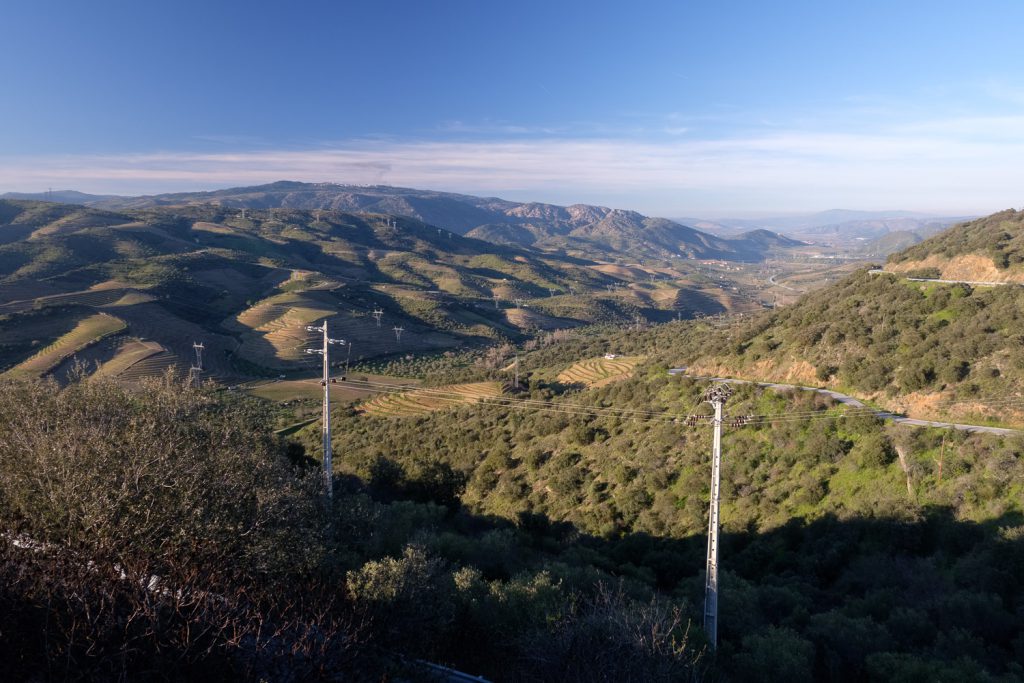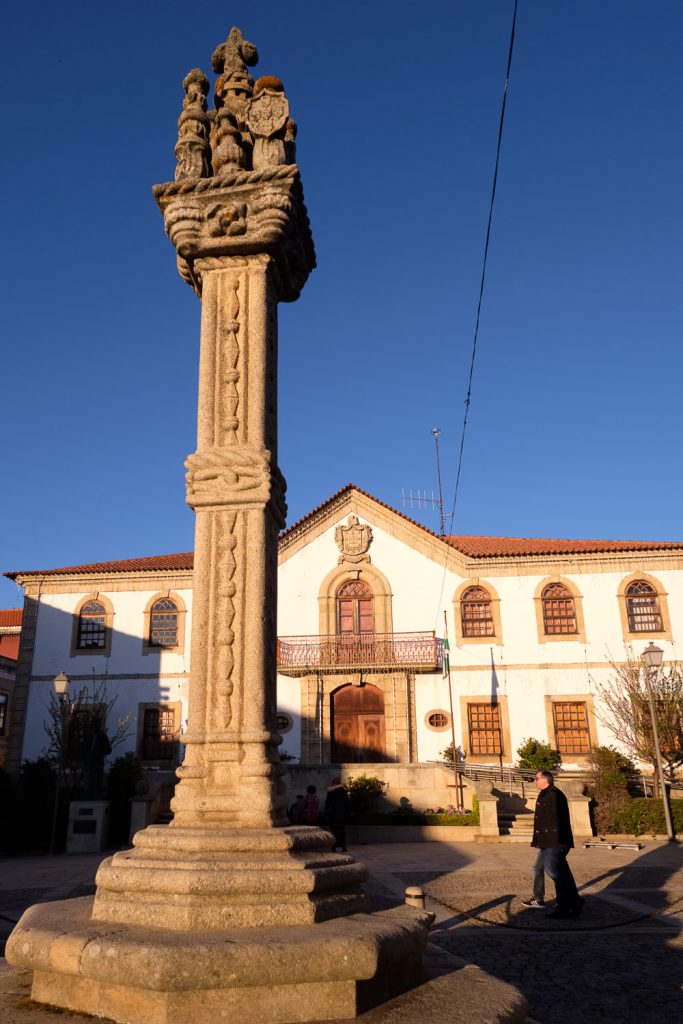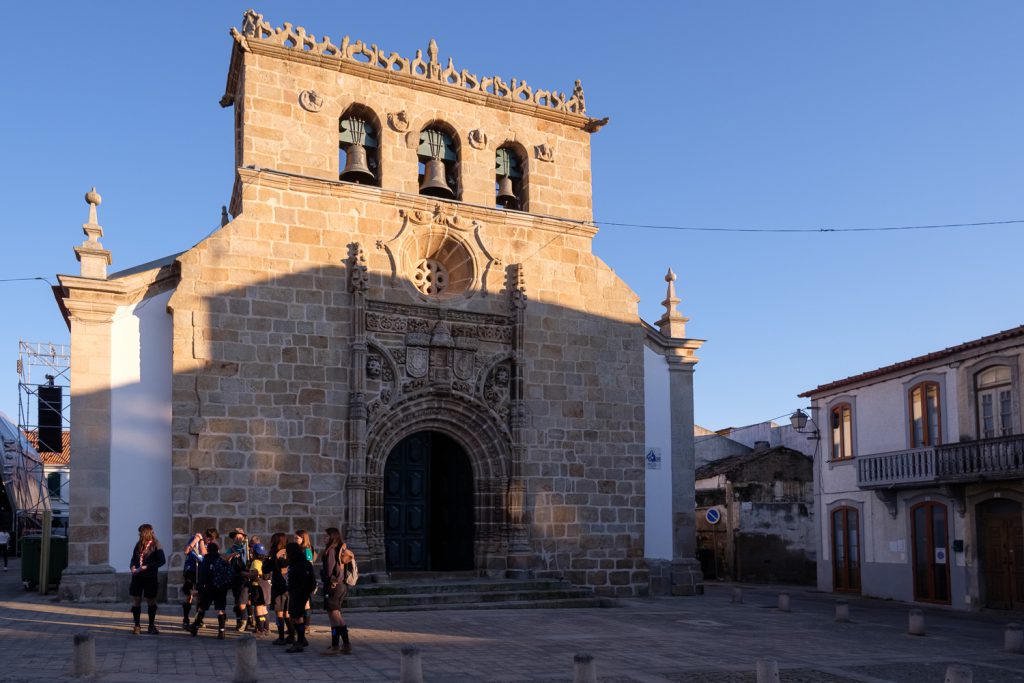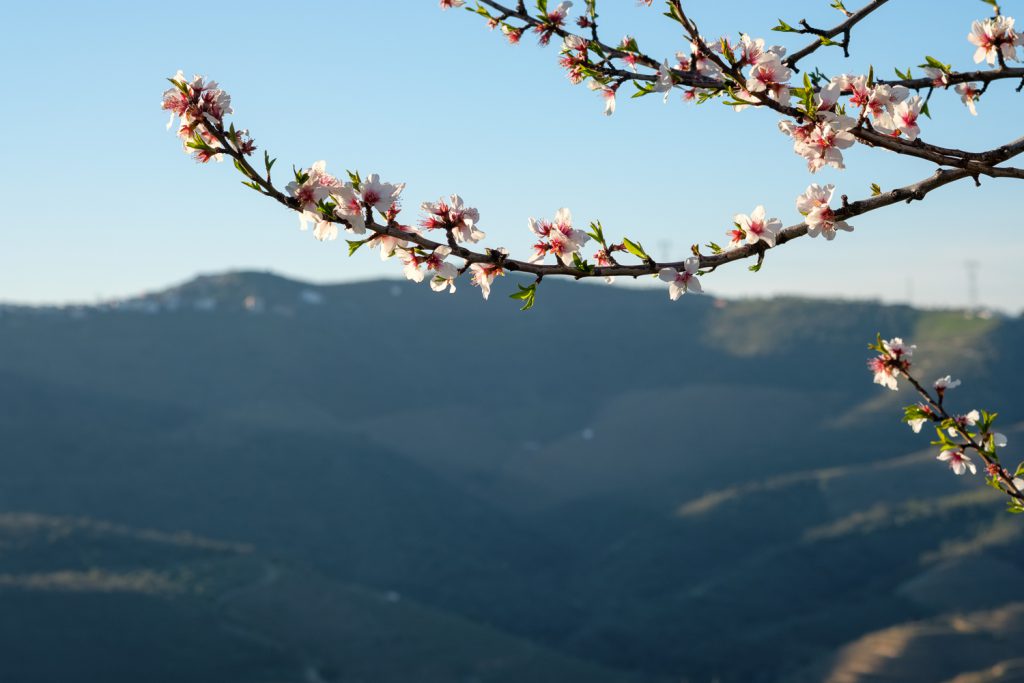A few days ago, I returned from a trip to Northeast Portugal, particularly to the region of Vila Nova de Foz Côa (VNFC). It was a family vacation trip, that I had been planning for some time; finally, during the Carnival holyday break, we managed to go there for a few days. I have family roots in VNFC, as my grandparents were from there, and I used to visit for vacations when I was a child. The trip was split into several days:
Day 1 – drive to VNFC (around 400 km), of course with a few stops along the way, in medieval villages (Belmonte and Marialva).
Day 2 – visit the Upper Paleolithic rock art sites in the region, which since 1998 have been classified by UNESCO as a World Heritage site.
Day 3 – drive from VNFC to Freixo de Espada a Cinta (FEC), visiting a few other old villages along the way, such as Castelo Melhor, Almendra, and Castelo Rodrigo.
Day 4 – drive back home, in part along route 222, that follows the Douro river and its many vineyards. A landscape that is also classified as World Heritage.

This region of Portugal is extremely rich in history, with numerous cultural and landscape places to visit. It is characterized by several mountain chains that surround the Douro and Côa rivers and is close to the border with Spain. During February and March, the almond trees are in bloom, adding a beautiful character to the landscape. We were lucky that in many places, these trees were still in bloom; it is quite an experience to see the steep hills covered with the white blossoms. When the wind is strong enough, the flowers falling from the trees resemble snow.
Of course, I made a lot of photos, who wouldn’t right? I thought it better then to split this piece into several parts, following the several days, as indicated above. I will start with the first day of the trip, where the highlights were the medieval villages of Belmonte and Marialva.
Belmonte is located near Serra da Estrela, the highest mountain in continental Portugal, in the Beira Baixa province. As many other villages in the region, Belmonte´s history goes back to very early times of Portugal’s foundation as a country. In fact, the establishment of Belmonte as a village was granted by king D. Sancho in the year 1211. Today, there are many interesting sites to visit, like the castle and medieval Jewish neighbourhood. This is also the birthplace of Pedro Álvares Cabral, who discovered Brasil in the year 1500. Arriving there at lunch time, we had a picnic and did some sightseeing around the castle and old town.
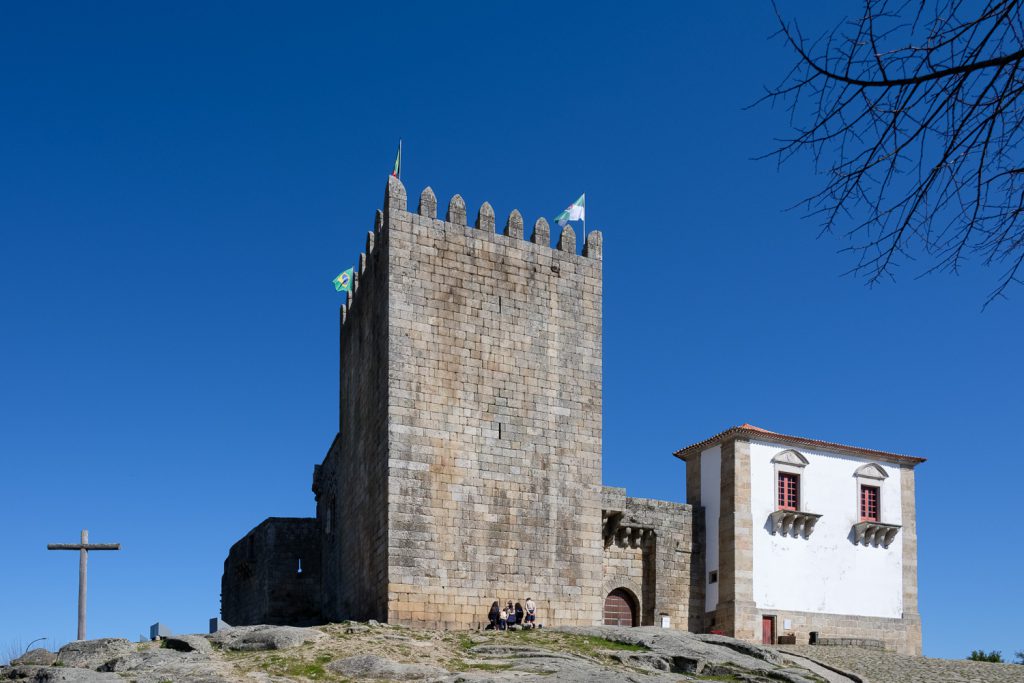
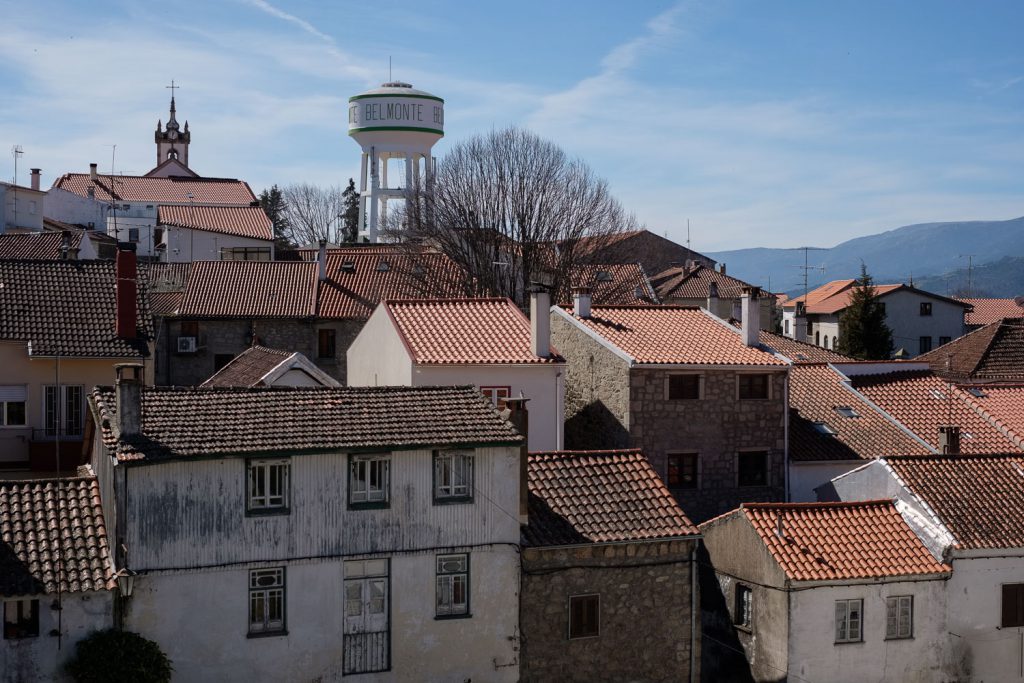
From Belmonte we kept driving North, towards VNFC, enjoying the nice sunny weather and the mountainous landscape. A few km before VNFC, lies another medieval village, Marialva. I remember stopping here when I was a kid, and even today Marialva is an invitation to a child’s imagination about knights and castles. The whole village is enclosed inside the castle walls. Its history goes back to Roman times, after which the Goth tribes occupied the region. In the year 1063 it was conquered by D. Fernando Magno and received its present name. The first king of Portugal, D. Afonso Henriques, granted it village charter and status (“foral”) in 1179.

This entire region near Spain has seen quite a number of independence wars, and was never very populated. The first kings, attempting to attract people to the interior and sustain the conquered lands, offered incentives to the villages – granting permission to hold markets and offering lands. It is quite telling that today, in the XXI century, the current government is still granting incentives to attract people to the interior… some things never change.
Seeing Marialva’s castle at the top of the hill, surrounded by farms, is a very nice sight. It is possible to stop the car at the entrance of the village and visit it. Of course, the mandatory thing to do is to walk around and inside the ramparts. There are not may inhabitants today, and the few that we met were old people – this is a common thing in these small interior villages. The view from the castle over the surround landscape is beautiful, encompassing many kilometres in all directions, with mountain ranges and farmlands covered in fruit trees and granitic boulders.
We found a couple of old ladies that were selling some local products, including almonds and olive oil. I remember being a kid and breaking the almond shells in my grandparent’s house. I bought a bag of almonds, which are very good. After visiting Marialva, I left with the feeling that I was exiting a time machine. The eery silence at the top of the ramparts is a stark witness to the isolation of the place.
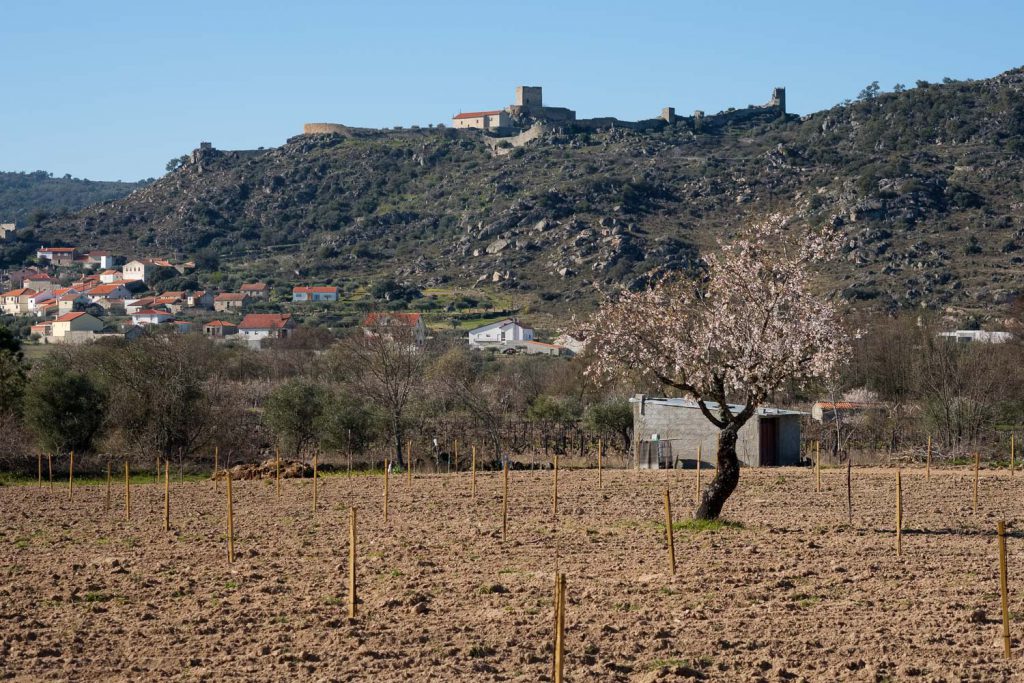
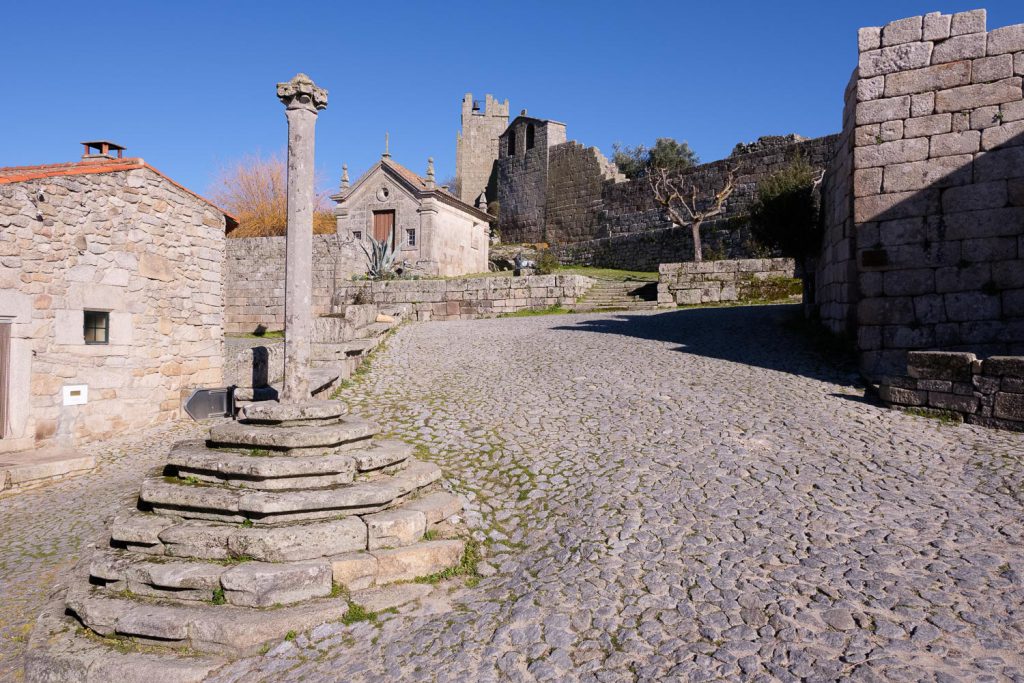
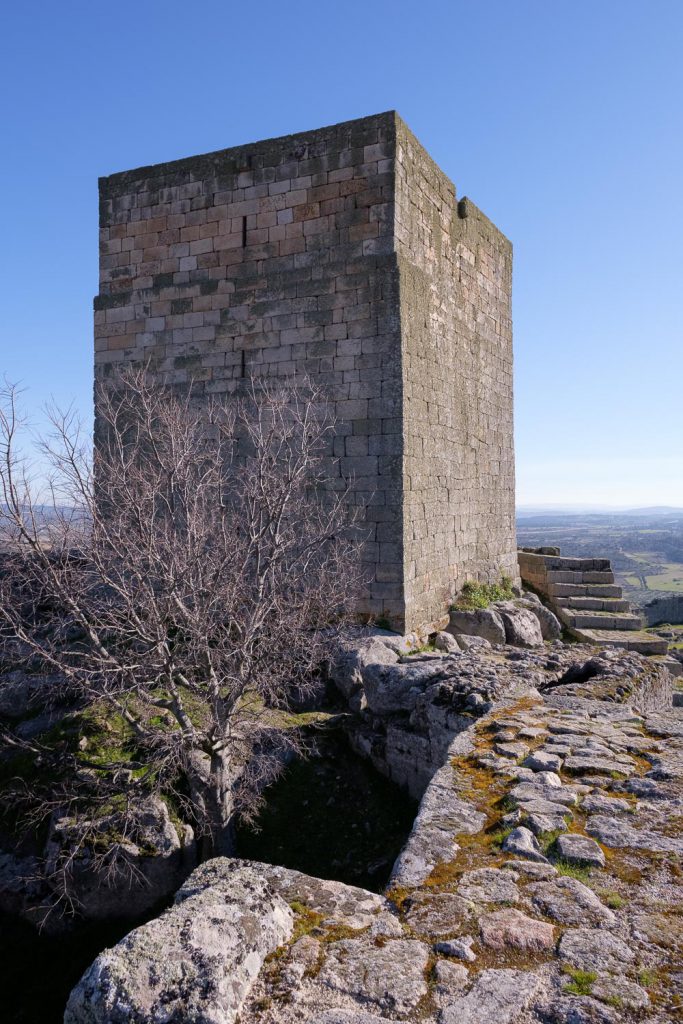
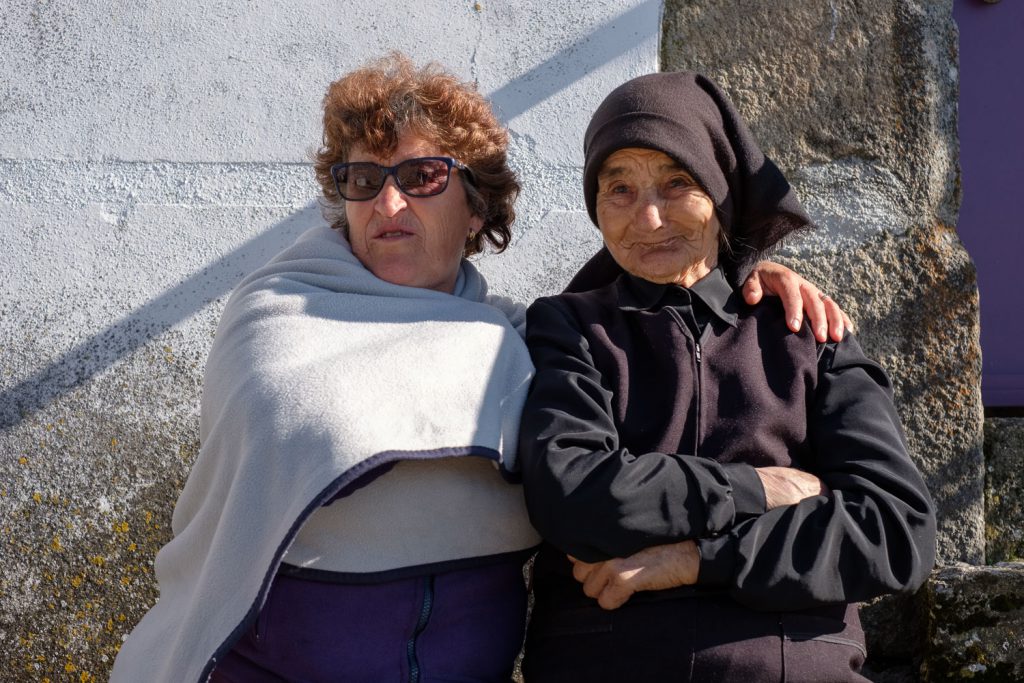
After a few more kilometres, we finally arrived in VNFC, where we settled for the night. Not before doing a bit of walking around, bringing back childhood memories. The historical centre includes the church, pillory, and town hall. The first charter was granted by King D. Dinis in 1299. On the northern exit of the town, by the side of the road, is wrth to stop and admire the view towards the Douro valley. We rested there until sunset, simply admiring the view. The next day was going to be very full, with the visits to some of the pre-historic rock art sites.
